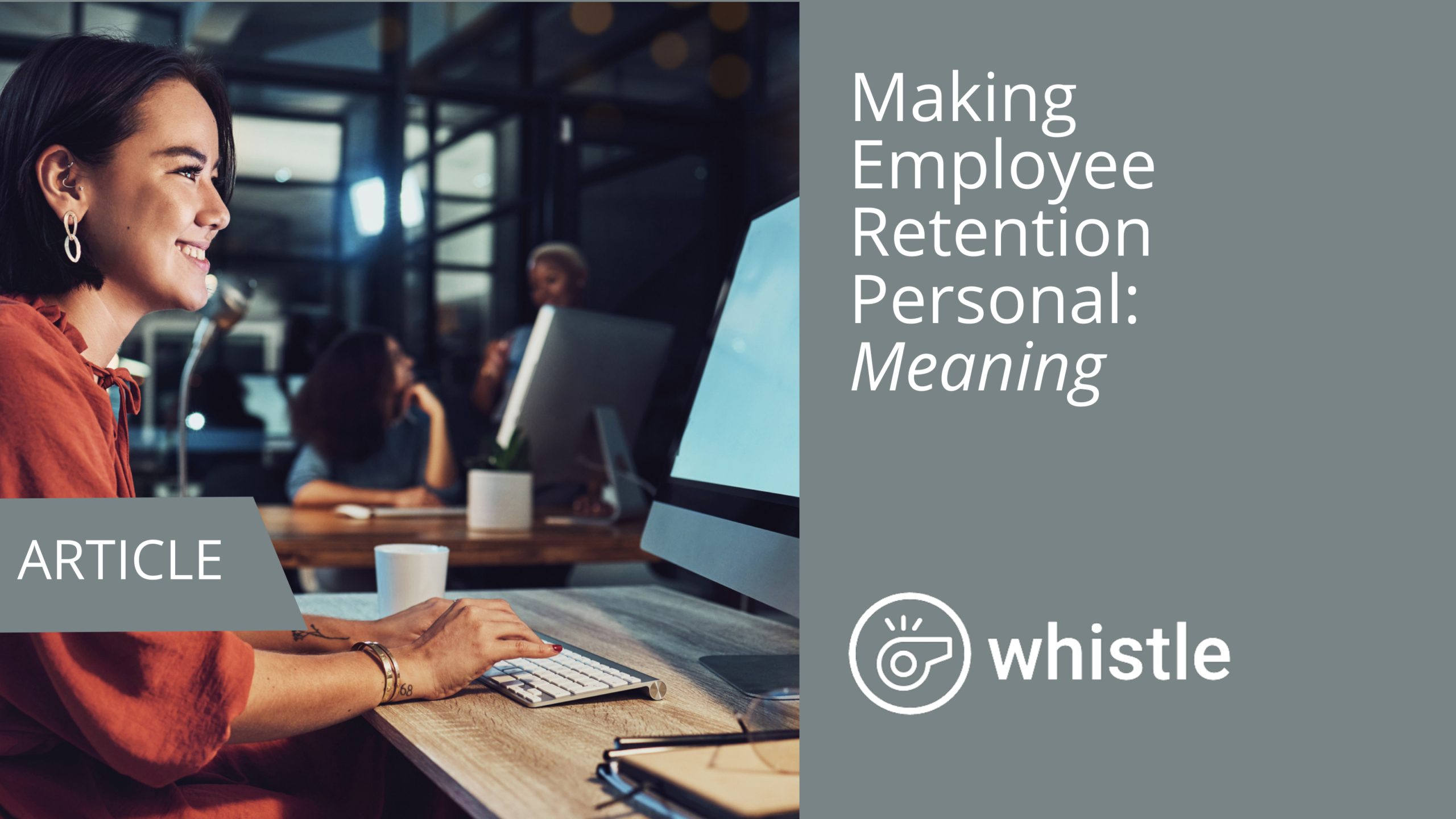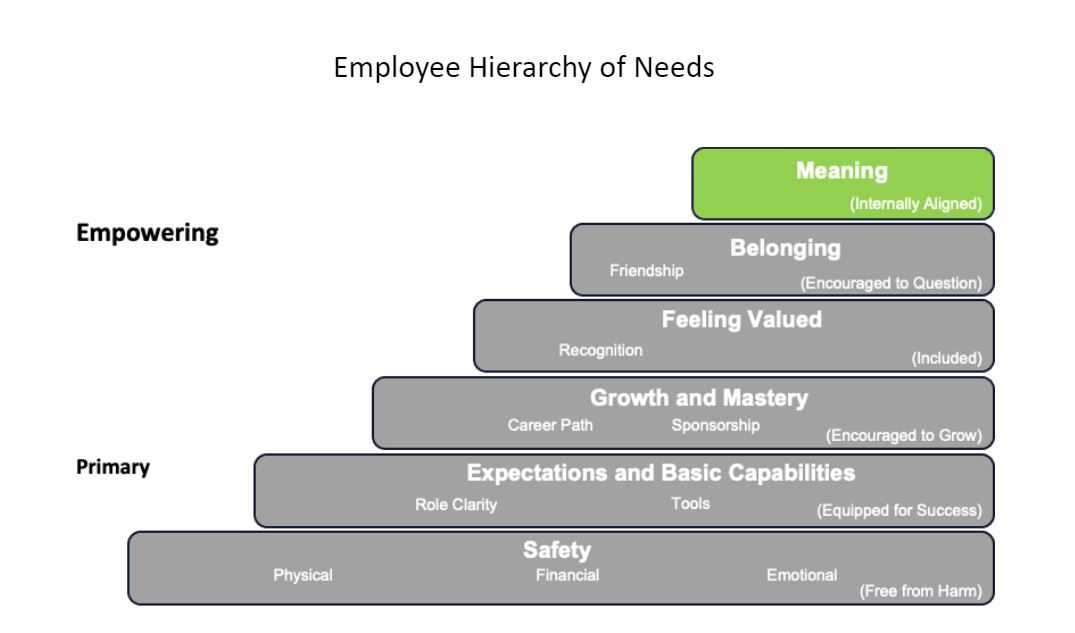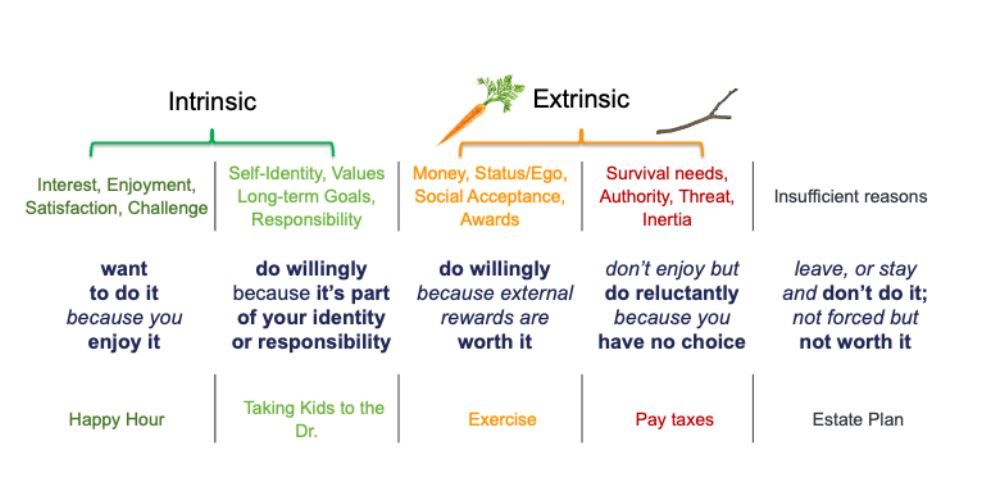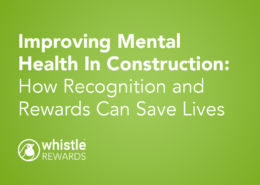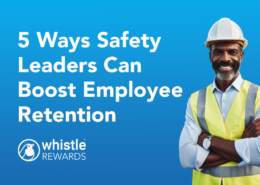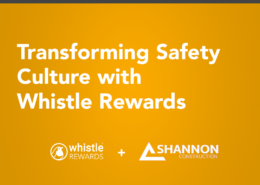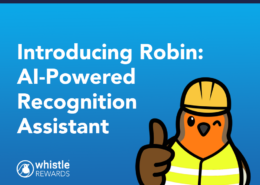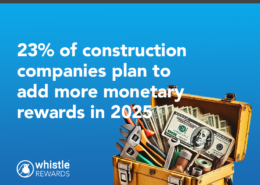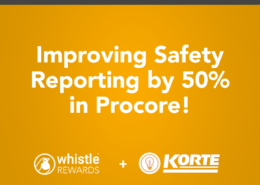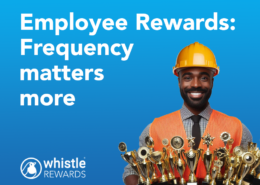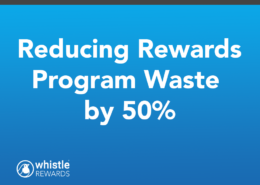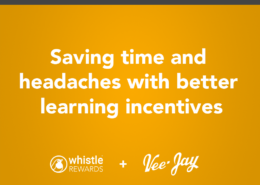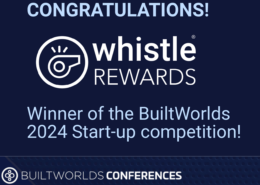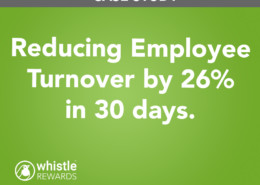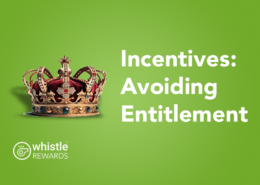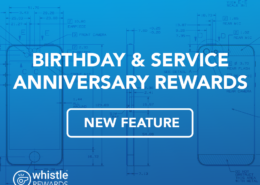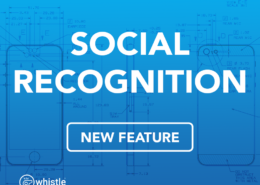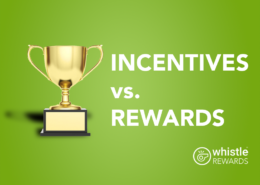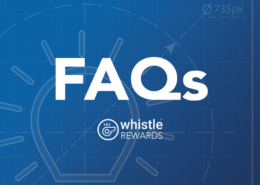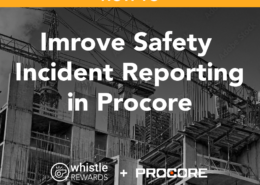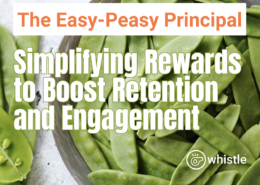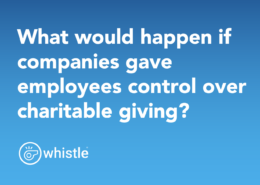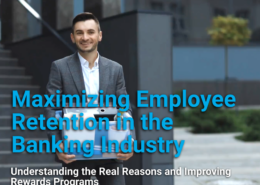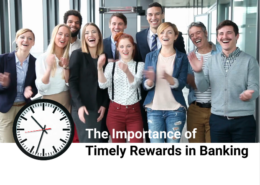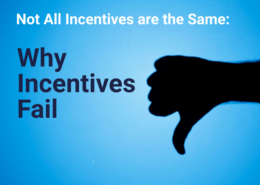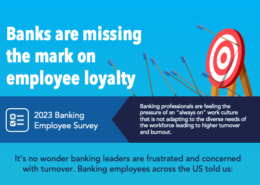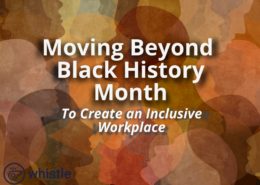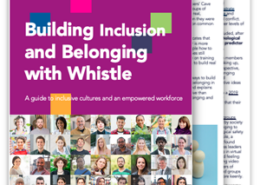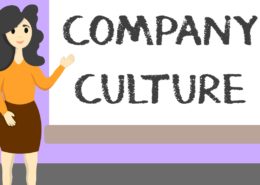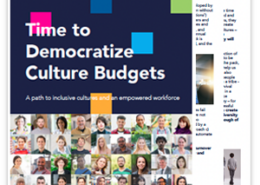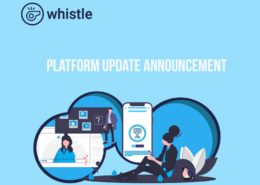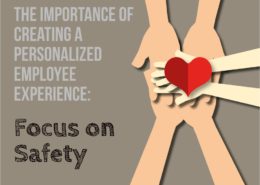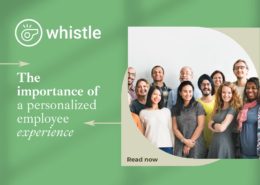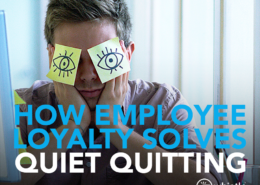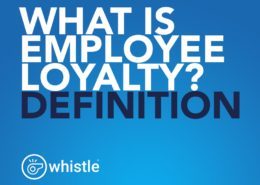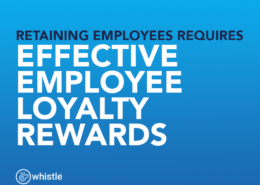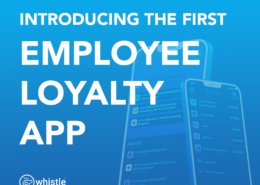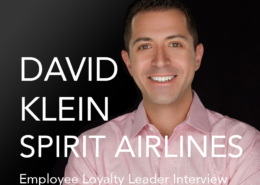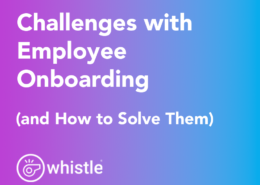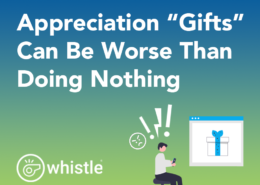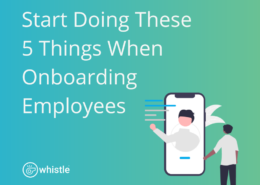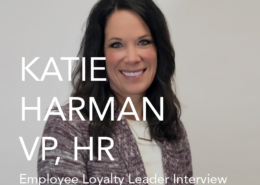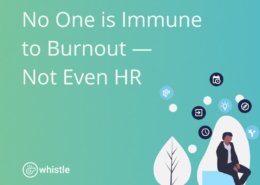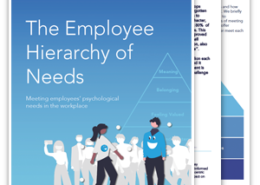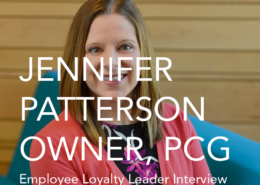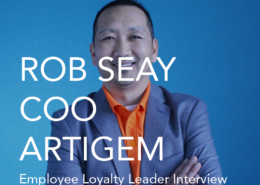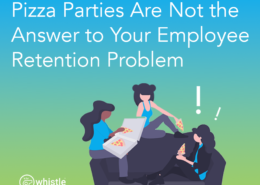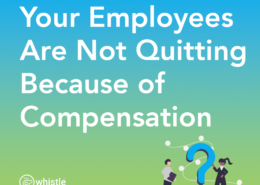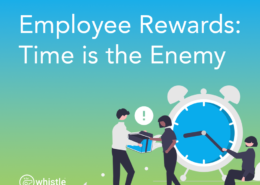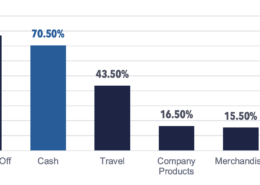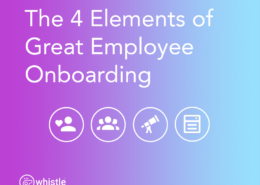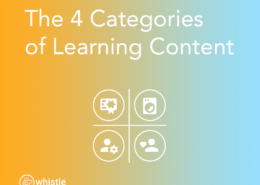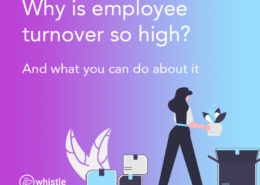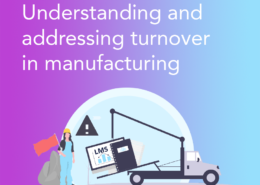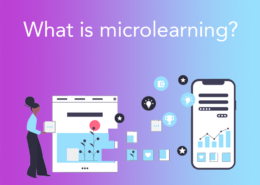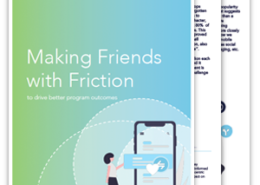Making Employee Retention Personal: Meaning
The critical success factors for HR in 2023 will be retaining the best employees and ensuring they are fully engaged in your company. Creating a positive company culture, however, is not easy or straightforward. For decades, employers have been struggling to retain and engage staff. Companies have adopted 401k plans, added ping pong tables to the office, offered unlimited vacation and dozens more approaches to make employees want to stay. And yet, retention rates have only declined. No one has been able to crack the code of employee engagement through these kinds of generalized programs.
The secret to a highly engaging culture lies in something that most companies are already doing, but for a different audience: personalization. Many companies are providing a personalized customer experience. The same approach and values apply to your employees. Each member of your organization has a unique personality, set of values, set of skills, passions, interests, and life outside of work. To remain competitive, companies must acknowledge the uniqueness of each employee and provide personalized engagement and retention solutions. This is what every person wants, whether an employee or a customer.
Developing a personalized employee experience can be done at scale. Whistle has broken down the employee experience, mirroring Maslow’s hierarchy of needs, into six levels of engagement, providing a tool to evaluate the various need states in your organization as well as specific programs to immediately improve engagement and retention by making it personal.
The critical element is to move authority and control from a few executive team members out to the front line. Front-line managers understand team members and their needs in ways executives cannot. While executives often have fantastic ideas and considerations, those ideas typically fail to resonate with everyone in the organization. The pizza party, for example, has become the pariah of employee engagement. It started a good-natured effort by executives to provide something fun and social for staff. Unfortunately, it’s become an example of what does not work. Some people have dietary restrictions. People who work the night shift get short changed. And even for those who can participate, a free piece of pizza no longer feels like a sufficient thank-you, given the added pressures of increasing workloads and expectations. There are many examples of top-down “culture programs” that do more to hurt staff relationships than help.
Front-line managers have (or should have) an understanding of the specific needs of team members and a sense of the proper timing required to address each need. These managers simply need better tools to operationalize this understanding.
Elements of Feeling Meaning
Feeling a sense of meaning refers to the alignment of understanding and purpose between an employee and their employer. It describes the degree to which an individual’s values, beliefs, and goals are in sync with those of their organization. When there is shared meaning between an employee and their employer, both parties are working towards a common goal and are committed to achieving that goal.
Motivation is important to understand throughout all aspects of the employer-employee relationship. Motivation, however, is not as simple as many understand. According to Dr. Newman’s research and analysis, there are five types of motivation.
- A complete lack of motivation leading to indifference.
- Extrinsic-reluctance. A person will behave in a specific way reluctantly and only out of fear of punishment. Paying taxes is a good example for many.
- Extrinsic-willingness. A person will engage in a behavior willingly because the rewards are worth the effort. Exercise might be a good example for some.
- Intrinsic-responsibility. A person will do something willingly because that activity is part of an identity or responsibility. Taking your kids to the doctor would fit in here.
- Intrinsic-enjoyment. People want to engage in this behavior because they enjoy it.
Motivation further to the left is more effective than to the right. The more companies can move their staff to intrinsic motivation, the higher retention, productivity, and customer satisfaction rates. One study found that employees who were intrinsically motivated had a stronger sense of well-being, were more engaged, and had better performance outcomes than those who were extrinsically motivated. Similarly employees who had high levels of intrinsic motivation had higher levels of job satisfaction and were less likely to leave their job.
Intrinsic motivation also leads to increased creativity and innovation. When employees are intrinsically motivated, they are more likely to take risks, think outside the box, and come up with new ideas. This creativity and innovation can lead to new products, processes, or services that give companies a competitive advantage. When employees are intrinsically motivated, they are more likely to be creative, leading to increased company performance.
Intrinsic motivation can also lead to better teamwork and collaboration. When employees are intrinsically motivated, they are more likely to work together towards a common goal, share ideas and collaborate. This collaboration can lead to better problem-solving and decision-making, resulting in improved company performance.
Companies can foster intrinsic motivation by focusing on a shared meaning and connection to the company’s mission and values. When employees understand the company’s mission, vision, and values and feel like their own values and goals are aligned with those of the organization, they are more likely to feel motivated, committed, and engaged. This engagement, in turn, leads to higher levels of job satisfaction and better performance outcomes.
Improving Employees’ Sense of a Shared Meaning
Over the past three years, there has been a significant drive to enhance individual purpose and values. Regrettably, although a vast majority of employees (82%) consider it crucial for their organization to acknowledge them as individuals rather than mere employees, only 45% feel that their organization truly perceives them in this manner.
People want respect and growth opportunities and to feel this sense of meaning. Frontline workers in particular voice a desire to feel respected. People seek purpose in their lives, which includes work. The more a company limits those things that create this sense of purpose, the less likely employees will stay. The era of the employment contract, where a worker provided services purely in exchange for monetary compensation, is over. Now, employees expect deeper relationships, a strong sense of community and purpose-driven work.
Changes to everyday experiences leading to a more organically meaningful workforce are required. These initiatives should directly facilitate the desired behaviors, such as building relationships with and partnering with colleagues. The Whistle platform dramatically helps address these challenges with an innovative approach.
Capital, or money, is the central defining element of power. While budgets are centralized in the hands of a few, it will continue to be exceptionally difficult to make all staff feel meaning. However, when a company decentralizes, or democratizes, capital into the hands of the organization, magic can happen. This is what Whistle enables. The Whistle platform does not require massive change management efforts because Whistle does not require executives to change processes. Instead, Whistle changes the locus of power. With Whistle, companies can push budgets out to the edge of the company: to the front-line managers and all the way to each and every staff member. This does not require additional funding. Companies are shifting existing budgets and reducing overall spend (see Whistle research on corporate perks). Using the same funds, companies can create an environment where every staff member is empowered with a budget.
The Employee Loyalty Index identifies your employees’ needs by location, department, tenure, etc., and pinpoints need states. Whistle can help identify which needs are being met, and which need attention to engage and retain employees. These “need-states” map directly into specific programs in the platform, providing immediate improvement in retention. A company can enable managers with the tools to make employees feel valued and belonging at a personal level.
1 Ryan, R. M., & Deci, E. L. (2000). Intrinsic and extrinsic motivations: Classic definitions and new directions. Contemporary educational psychology, 25(1), 54-67.
2 Baard, P. P., Deci, E. L., & Ryan, R. M. (2004). Intrinsic need satisfaction: A motivational basis of performance and well-being in two work settings. Journal of applied social psychology, 34(10), 2045-2068
3 Amabile, T. M., & Kramer, S. J. (2011). The progress principle: Using small wins to ignite joy, engagement, and creativity at work. Harvard Business Press
4 Luthans, F., Youssef, C. M., & Avolio, B. J. (2007). Psychological capital: Developing the human competitive edge. Oxford University Press
5 https://www.gartner.com/en/articles/employees-seek-personal-value-and-purpose-at-work-be-prepared-to-delive
Forget the Bells. You Just Need Whistle.
Overwhelmed? Let us help you build a better onboarding experience, improve leadership training, or find innovative ways to appreciate your people — start by speaking to a consultant for free.

